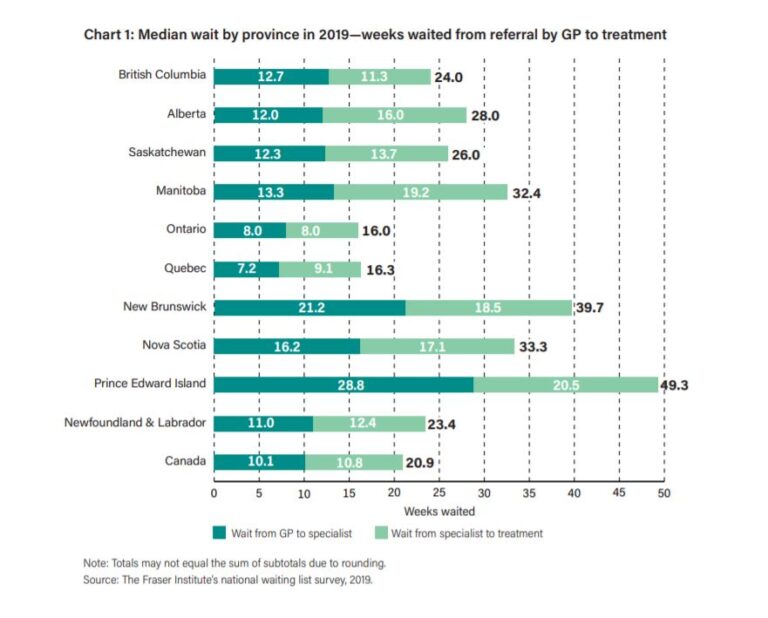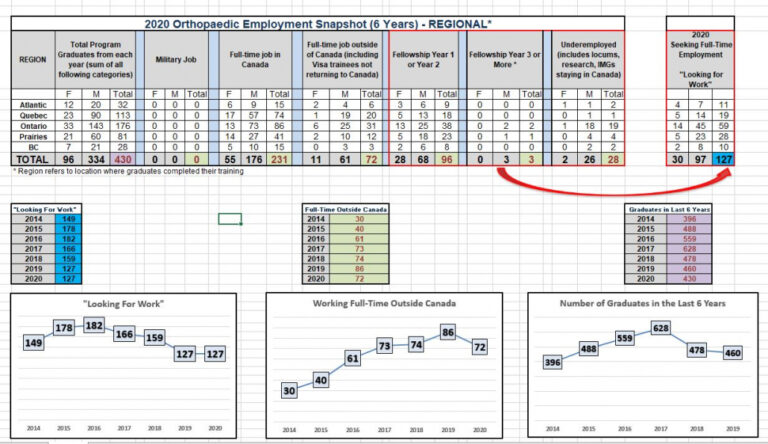So, now what?
Underservicing and underfunding of MSK care for an increasingly aging population continues unabated, and has been a major contributor to the crisis in underemployment and unemployment of trained orthopaedic surgeons that we have seen over the last decade in Canada. Despite the slight improvement in levels of raw underemployment numbers across the country, there are still more orthopaedic surgeons entering the job market than predicted jobs, and the shortage of positions will continue to be a challenge to our new graduates for the foreseeable future. This is even more alarming when we consider that we are moving into the second decade of significant reductions in the numbers of training positions for Canadian graduates. Furthermore, the increase in graduates accepting full-time positions in the United States over the last few years is troubling.
In a report, the Royal College of Physicians and Surgeons of Canada released findings from their annual Royal College Employment Study (Royal College Employment Study, 2019) based on a survey of medical specialists newly certified in 2017 about their job prospects. The top six barriers to employment are:
-
- Too few available positions in Canada
- Poor access to job listings
- Desire or need to stay near family
- The need for spousal employment
- Lack of available health care resources (e.g. funding, operating room time)
- The delayed retirement of established physicians and surgeons (and their general reluctance to share resources)






